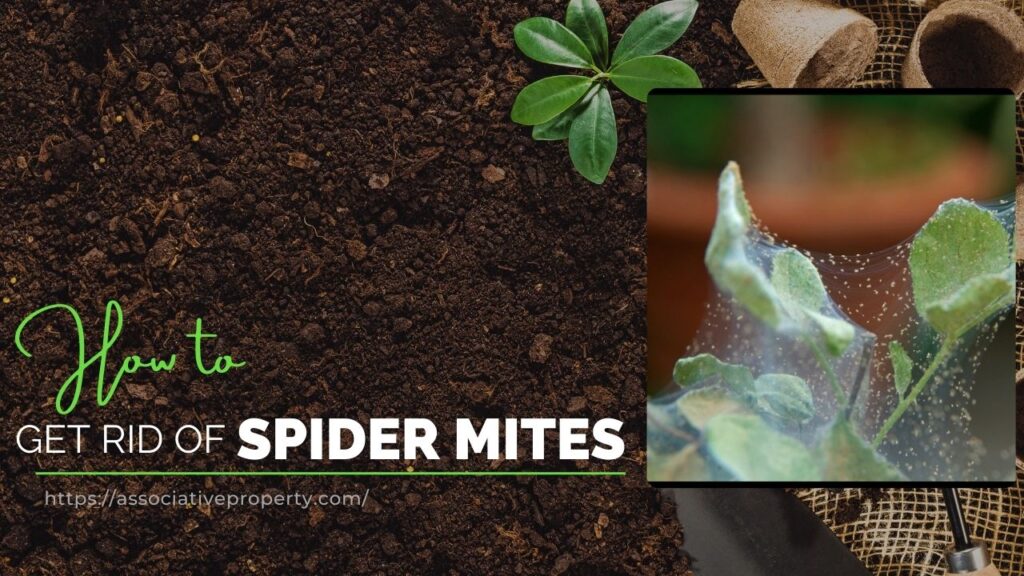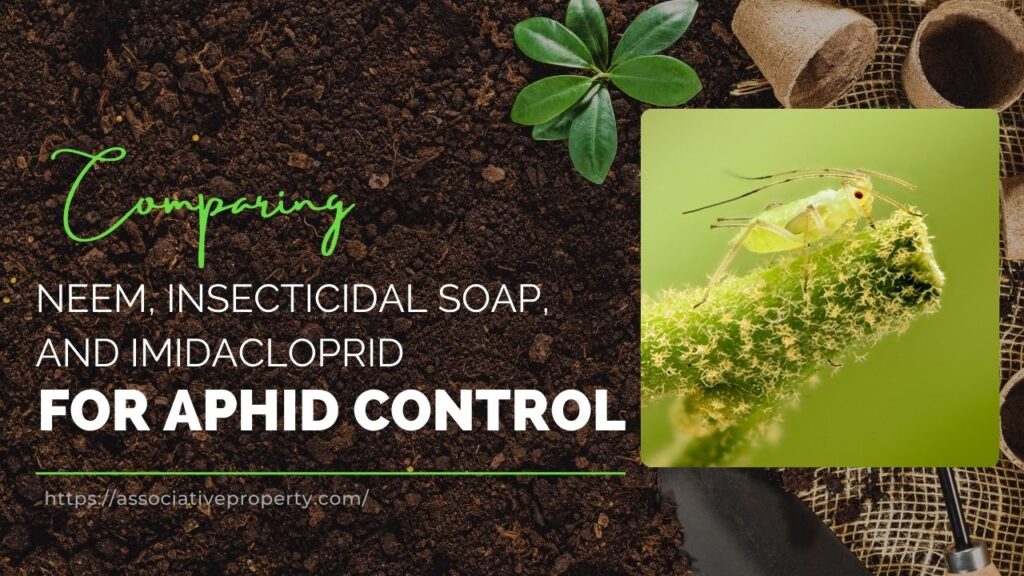No matter what I’m growing, there’s one pest that seems to show up uninvited, scale insects. They’re sneaky, small, and surprisingly destructive. At first glance, scale doesn’t even sound like a pest. It sounds more like a disease, right? But make no mistake, it’s a full-on pest problem.
Let me walk you through how I identify, treat, prevent, and manage scale, because once you know what to look for, you’re already halfway to solving the problem.
Scale Insect Lifecycle & Treatment Insights
| Stage | Time of Year | Mobility | Protection Level | Reproduction | Best Treatment Option |
|---|---|---|---|---|---|
| Eggs | Late Spring | Immobile | Protected under female | Up to hundreds per female | N/A (hidden under female) |
| Crawlers (Nymphs) | Late Spring–Summer | Mobile (has legs) | Low | Asexual or sexual depending on species | Horticultural oil, soap, neem oil |
| Young Nymphs | Summer | Slight movement | Developing wax coat | Feeding begins | Repeated spraying, monitoring |
| Mature Females | Late Summer–Fall | Immobile | High (soft or armored cover) | Lays eggs or produces live nymphs | Manual removal, pruning |
| Males (if present) | Late Summer | Winged (few days) | No | No mouthparts, can’t feed | Not targeted (non-damaging) |
| Overwintering Adults | Fall–Winter | Immobile | High | Dormant, resume in spring | Dormant oil spray (before spring) |
Related: Comparing Neem, Insecticidal Soap, and Imidacloprid for Aphid Control
Spotting the Enemy: What Are Scale Insects?
Today, I decided to inspect my plants for one of the more annoying pests I’ve come across, scale insects, which belong to the superfamily Coccoidea. There are thousands of species, so we won’t get into every detail, but understanding how they behave is crucial.
Identifying scale can be tricky because their damage often mimics poor nutrition or even plant viruses. You might notice:
- Weak or stunted growth
- Deformed leaves
- Color changes
- Defoliation in severe cases
But here’s the clue that always gets my attention: sooty mold. That black fungal growth forms on the honeydew, a sticky substance excreted by sap-sucking insects like aphids, leafhoppers, and yes, scale. I also look for waxy residues on stems and leaves.
Scale insects are small. That’s why I always keep a jeweler’s loupe or hand lens handy. Most adults are smaller than an eighth of an inch, and the nymphs are even tinier. They don’t look like your typical bug, they’re more like immobile bumps with either soft or armored coverings.
Related: How to Get Rid of Spider Mites: A Simple Guide for Gardeners
Types of Scale: Know Your Enemy
There are two major types I’ve come across:
| Type | Family | Features | Honeydew Production |
|---|---|---|---|
| Soft Scale | Coccidae | Oval, waxy, downy covering, larger, immobile adults | Yes |
| Armored Scale | Diaspididae | Smaller, brown/beige, hard coat can be flicked off | Minimal/None |
And just to clarify, mealybugs might look similar, but they belong to a different family (Pseudococcidae) even though they’re part of the same superfamily.
My Experience with Soft Scale
If you grow indoor tropicals or subtropicals in a greenhouse, chances are you’ve met soft scale. These bugs are oval, light-colored, and wax-coated, and unfortunately, part of the insect itself. They’re wingless, legless, and don’t move much in their adult phase.
Armored Scale: The Stealthy Kind
These are harder to spot. They’re smaller, camouflaged, and often flat or barnacle-like. The outer shell can be flicked off, which I find both helpful and kind of creepy. The main difference? They don’t produce much honeydew, so no sooty mold means it could be armored scale.
Understanding the Scale Life Cycle
Most scale insects follow a similar life cycle:
- Eggs hatch in spring beneath the female’s body.
- Nymphs (crawlers) emerge with legs and antennae.
- They crawl to a feeding spot, insert their mouthpart, and start feeding.
- Then they molt, lose their legs, and become immobile.
- They feed through the growing season, overwinter, and restart the cycle in spring.
Fun fact: Many species don’t even need males to reproduce. Males, when they exist, lack mouthparts, develop wings, and live just a few days.
So when I see scale on my plants, I know I’m mostly looking at adult females.
Best Time to Act: The Crawler Stage
Both soft and armored scale are most vulnerable during the crawler stage, before they develop their protective shell. That’s when I strike.
Catching them early helps prevent the wind (or my shirt sleeve) from spreading them to other plants.
First Steps: Manual Control
If I notice just a few scale insects, I’ll:
- Pick them off
- Squish and destroy them
- Isolate the plant
- Monitor for a few weeks
If nothing new shows up, I might reintroduce the plant to my collection.
When It Gets Bad: Pruning and Chemicals
For bigger infestations, like when an entire branch is covered, I prune the affected part and dispose of it. Then I isolate the plant again and move on to stronger methods like:
- Neem oil
- Horticultural oil
- Insecticidal soap
I always make sure the treatment touches the insects directly. And I repeat applications, following label instructions, to catch future generations.
Biological Controls (If You’re Lucky)
There are parasitoid insects that eat scale, but they’re mostly used commercially. Still, if you know your local predators (like lady beetles or lacewings), you can plant species that attract those helpful bugs.
Prevention: My #1 Tip
Healthy plants are less susceptible to pests. So I always aim for:
- Good light
- Proper watering
- Balanced nutrition
- Regular maintenance
But the real secret to preventing scale starts at the garden center.
As tempting as those discount plants might be, they often bring pests with them. I now inspect every plant before buying:
- Check for discoloration or deformities
- Look under leaves and along stems
- Avoid anything suspicious
If I still bring home a new plant, I quarantine it for a few weeks just to be safe. I monitor it closely before introducing it to my other plants.
This is how I’ve managed to keep scale insects from taking over my plants. With regular inspections, smart shopping, and timely treatment, scale doesn’t stand a chance.
Good luck in your garden,and keep on growing!
Frequently Asked Questions About Scale Insects
1. Can scale insects spread from plant to plant on their own?
Yes, but indirectly. Adult scale insects are typically immobile, but nymphs (crawlers) can move short distances by crawling or being carried by wind, animals, or even clothing. Humans brushing against infested plants or reusing uncleaned pruning tools can easily facilitate the spread. This is why isolation and cleanliness are critical when dealing with infestations.
2. Are scale insects harmful to humans or pets?
No, scale insects are not harmful to humans or pets. They don’t bite, sting, or carry diseases. However, the honeydew they produce can lead to mold growth, which may cause allergic reactions or respiratory irritation in sensitive individuals. It’s best to clean affected surfaces and avoid handling moldy plant matter without gloves or a mask.
3. Can I use rubbing alcohol to treat scale insects?
Yes, isopropyl alcohol (70%) can be effective when applied directly to soft scale using a cotton swab. It dissolves the insect’s waxy coating and kills it on contact. However, this method is labor-intensive and best suited for small infestations. Also, avoid over-application as it may damage tender plant tissue.
4. What natural predators feed on scale insects?
Some beneficial insects that feed on scale include:
- Lady beetles (especially Chilocorus spp.)
- Lacewing larvae
- Parasitic wasps (Aphytis melinus, Encarsia spp.)
While effective in greenhouses and commercial agriculture, they are less practical for small home setups unless you’re intentionally attracting or releasing them.
5. Why does the scale keep coming back even after treatment?
Scale may return due to:
- Incomplete removal of crawlers during earlier stages
- Failure to repeat treatment as eggs hatch in waves
- Contamination from other infested plants
- Poor plant health, which creates ideal conditions for reinfestation
The key is to repeat treatments every 7–10 days for 4–6 weeks and maintain high plant vigor.
6. Are systemic insecticides effective against scale?
Yes, systemic insecticides like imidacloprid can be effective, especially for armored scales, which are difficult to kill with topical sprays. These chemicals are absorbed by the plant and target the insect when it feeds. However, systemic treatments should be used with caution, particularly for edible plants, and always in accordance with label directions.
7. Can neem oil damage my plants?
Neem oil is generally safe, but if applied during direct sunlight or high heat, it can cause leaf burn. It’s best to apply neem oil:
- In the early morning or evening
- After testing on a small area first
- Diluted according to label instructions
Regular but careful application is effective against both soft scale and crawlers.
8. How do I prevent scale when bringing new plants home?
As a professional grower, I always recommend the following quarantine protocol:
- Isolate new plants for 2–3 weeks
- Inspect leaf undersides and stems
- Clean the pot, and even consider replacing the topsoil
- Treat proactively with horticultural soap or neem oil
This simple habit saves you from major infestations down the road.


